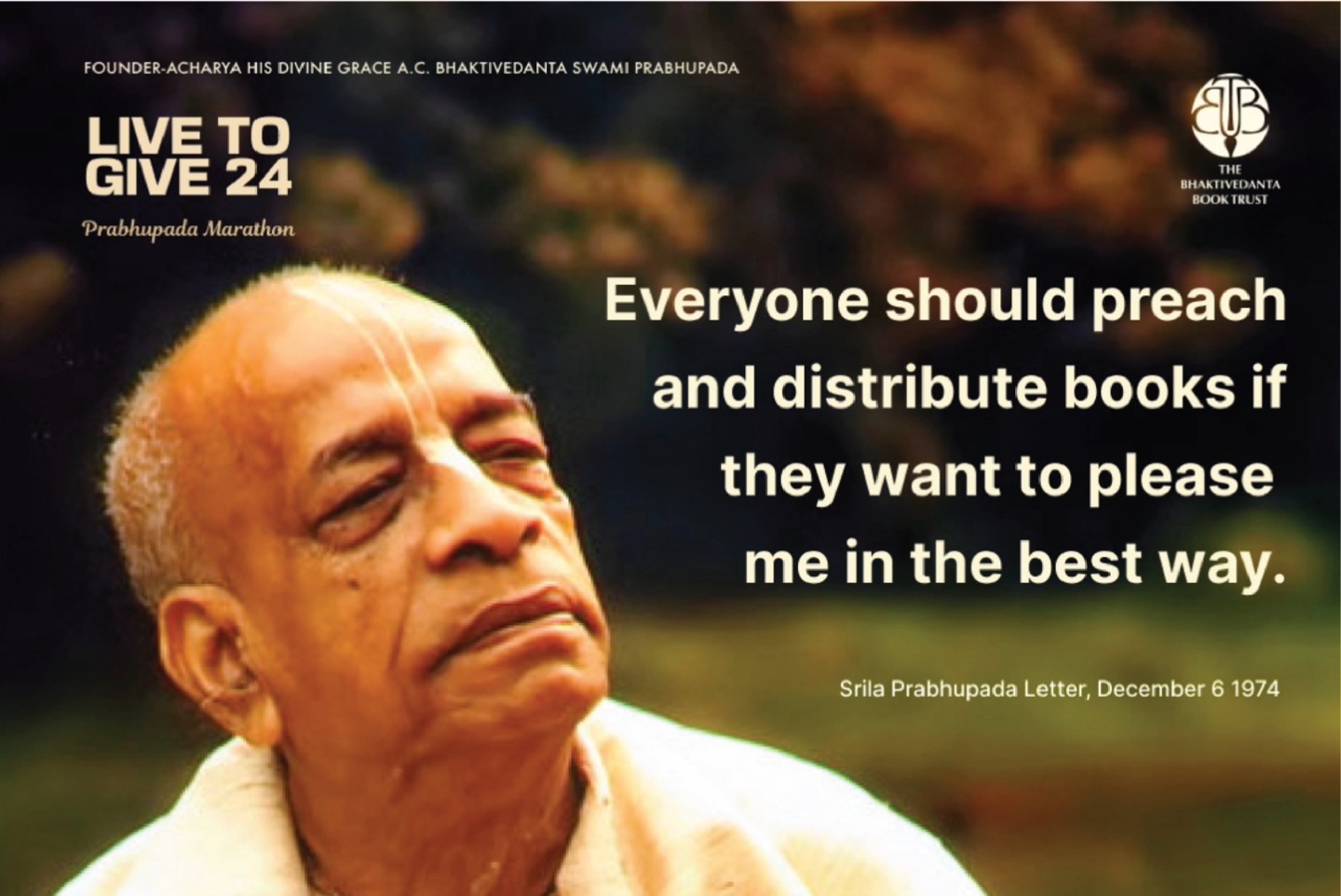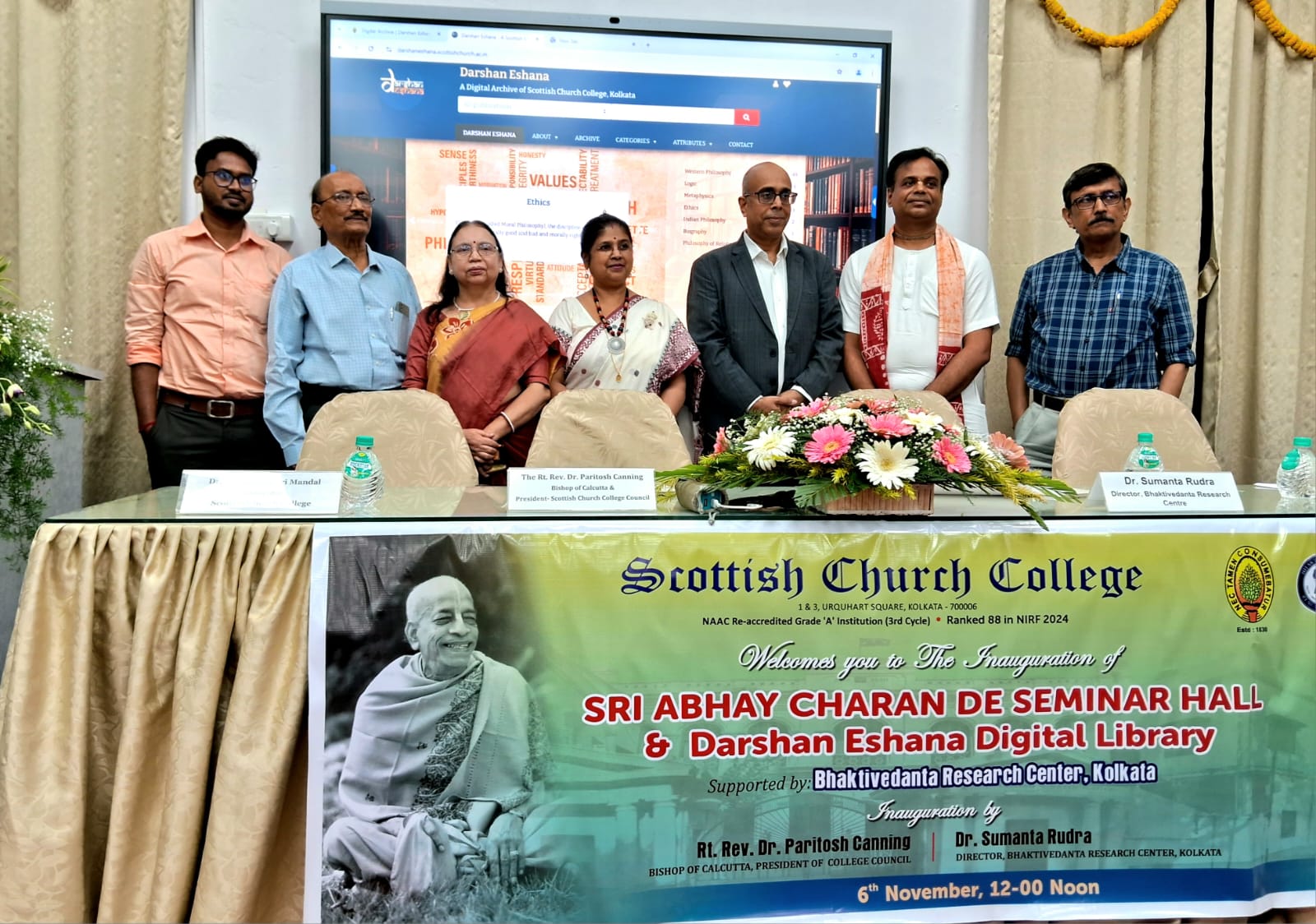Book Review: Hospice/Palliative Care at a Very Personal Level by Sangita Dasi
By Robert Charles Powell, MD, PhD | Ноя 17, 2012

Pattinson, Susan. The Final Journey: Complete Hospice Care for the Departing Vaisnava. 2nd revised edition. Badger, CA: Torchlight Publishing Co, 2011.
Sangita devi dasi (Susan Pattinson, RN, CHPN) delivers three intertwined books for the price of one – and in this second edition (2011) she delivers more of everything than in the first (2002). As Bob Dylan paraphrased the Gita, “he not busy being born is busy dying”. Facing the end of life – the inevitable – head-on, this author approaches palliative care with grounded yet uplifting enthusiasm, confidence, and patience – fully aware that such energies can lag if not nourished. With open eyes she notes the “transcendental rewards” of this “tremendous task”. With compassion she acknowledges both “what the … patient may be experiencing” and that caregivers’ “strength may often be tested”. She reminds us that “in the midst of holding up everyone else” a caregiver needs to avoid neglecting one’s “own sense of loss”. Integrating decades’ of experience – and decades of introspection – into an easy flowing narrative, she – over and above conveying knowledge – conveys an attitude – an attitude of gentle authority and quiet perseverance.
Considering the three parts of this book’s title accurately indicates the author’s melded tasks. First, The Final Journey … provides carefully worded depictions of the natural dying process – something about which we need to know but rarely talk. In addition comments in passing throughout the book there is an entire separate chapter on the “Signs and Symptoms of Approaching Death”. Her comments on the end stage – “actively dying” – are especially valuable. When care – not cure – has become the goal, caregivers need to view psychophysiologic changes at the end of life for what they are – natural – and not as medical or psychological emergencies. Quality of life for the terminally ill is not improved by over-reaction.
Second, … Complete Hospice Care … offers step-by-step guidance to those entrusted with terminal care. Grief gets discussed up-front, as much of grief comes long before the end. When a hospice patient’s spirit prepares to depart, equanimity – composure based on awareness and acceptance – helps ease the way. Achieving and maintaining such cognitive and affective balance requires judicious, practical management of discomfort, anguish, and anxiety. “Only when pain is relieved and symptoms are controlled can other levels of consciousness be soothed.” The author explains medications, common symptoms, and bodily care in Plain English – with charts and a glossary – also noting concrete indications of when a specialist clinician should be called. The word “practical” should be emphasized in describing this book. The three longest chapters – very detailed chapters – concern pain management, symptom management, and comfort care. In many ways the author tries to help the caregiver find the most useful strategies for addressing situations rarely encountered elsewhere in life. Who else but an experienced hospice worker, for example, would remember to have dark red sheets and towels on hand toward reducing the shock value of oozed blood? Who else would describe teaching a patient pursed-lip breathing toward controlling anxiety and then add, “This exercise works to relax the caregiver as well”. The patient’s, the family’s, and the caregiver’s problems are viewed holistically, simultaneously.
Third, … the Departing Vaisnava addresses the spiritual and ritual needs of those facing the end of life within the Vedic tradition, specifically the Chaitanya Vaisnava branch of Hinduism. Interestingly enough, there is much here which even the non-Hindu might profitably ponder. Consider this thought: “Since devotional service is limited only by our lack of desire to perform it,” even “a terminally ill devotee, although physically incapacitated, can perform the most wonderful service to the Lord …”. That is a lot more useful guidance than just telling someone to “think good thoughts”. The author mentions only one of “the six loving exchanges between Vaisnavas” – confiding in “someone you trust” – but this brief mention serves to remind a Vaisnava of the other five ways of caring for each other: encouraging another to confide in trust, offering spiritual nourishment, accepting spiritual nourishment, offering charity, and accepting charity. Consider also these wise words: “Finding a way to hold on to your source of strength while lifting up your patient is the key to avoiding caregiver burnout”. The author is paraphrasing the Gita in this regard, but one does not have to share her faith in order to benefit from this guidance. Similarly, the discussion of post-mortem care – of everyone involved – may be intended to be specific to Vaisnavas, but it is well worth reading by all.
This second edition expands the “Practical Matters” section, updates the “Pain Management” section (including a discussion of subcutaneous infusions), expands the nutrition/ recipe section, and revises into appendices the discussions of Vedic cremation, ash immersion, and memorial services. Just months before this new edition of The Final Journey … hit the presses, a video by the same name, describing BhaktiVedanta Hospice (Vrindavan, Uttar Pradesh, India), which Sangita devi dasi (Susan Pattinson, RN, CHPN) spent a decade helping launch, hit the web. Yes, The Final Journey … comes highly recommended to anyone who anticipates crossing paths with death.
To watch the beautiful video by RasaFilms click here:















